How are you going to cook without utensils?! It’s time to go shopping for kitchen supplies. But before you head out to the store, you’d better brush up on some Japanese cooking utensils vocabulary.
Below you’ll find lots of Japanese words related to kitchen utensils so you can adequately enjoy cooking food in your kitchen. Japan has all the standard kitchen tools you’ll need and some very interesting cultural kitchen utensils specific to cooking Japanese cuisine.
These are difficult to get outside of Japan, and it appears very few people have taken photos of these utensils. Still, we tried our best to find some images for you.
The Japanese, of course, love to eat fish and sushi, but there is far more than that to cook and eat in Japan. What will you encounter during your time there? Your food journey will be full of surprises and new tastes!
The Japanese culture is heavily based on work, resulting in most people eating street food or out at restaurants. Some people find the time for a home-cooked meal during special celebrations.
Perhaps you want to impress someone with your cooking abilities.
Whether that’s the case or you enjoy cooking for yourself, it’s time to learn and get to know utensils in Japanese!
Types Of Food In Japan
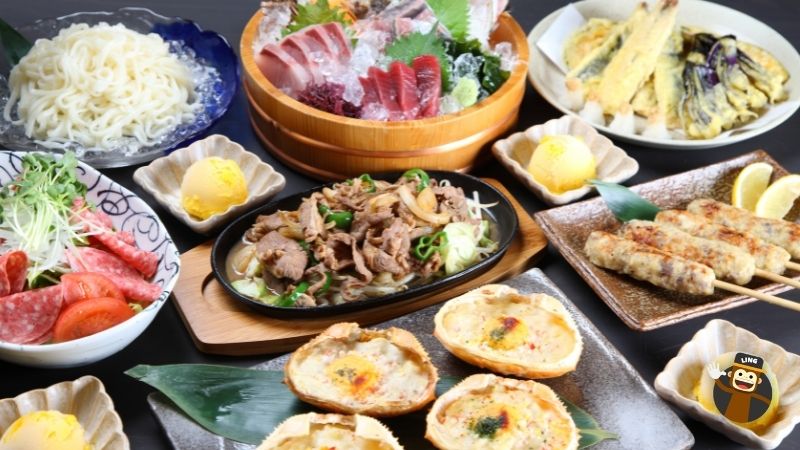
If you’re interested in cooking local Japanese food in your daily life, you should become familiar with the most popular dishes to prepare in Japan.
It will help you to know what sorts of kitchen tools you’ll need to purchase, such as chopsticks, bowls, plates, knives, and other dishes you may need. Know that rice is a huge part of the cuisine, so you’ll want to pick up a high-quality rice cooker.
Unique Japanese Cooking Utensils Vocabulary
There are some very unique kitchen utensils particular to Japan. These are just a few that you may end up in your kitchen if you plan to cook Japanese food.
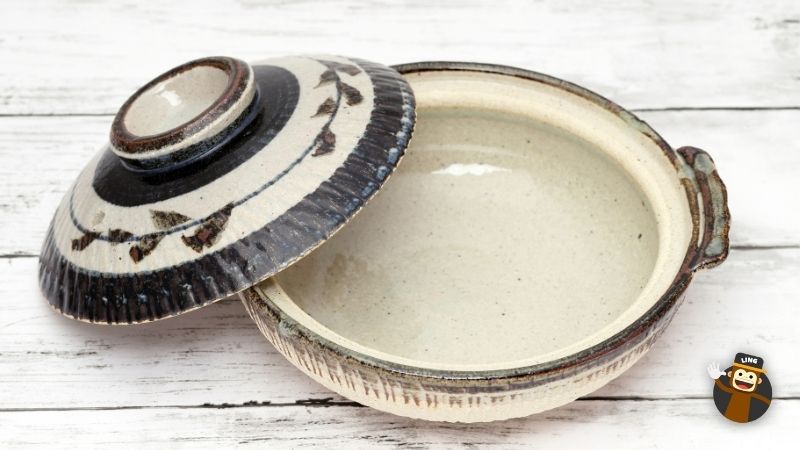
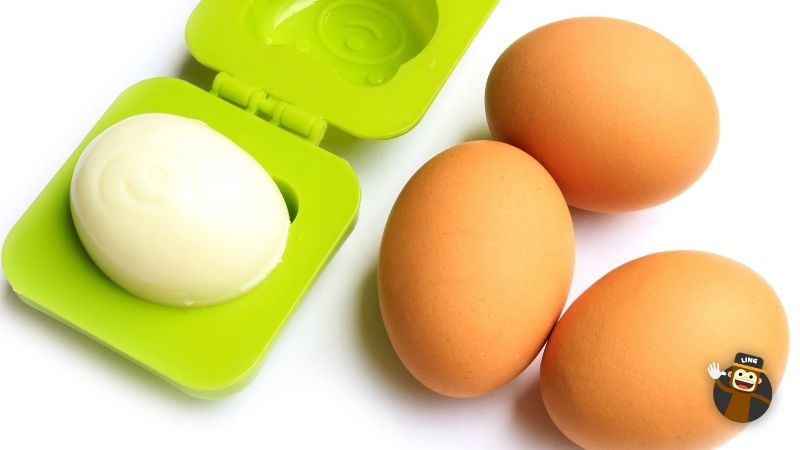
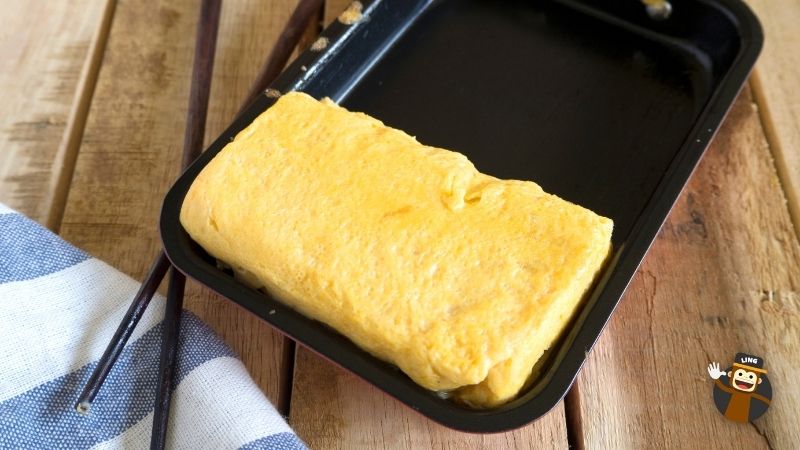
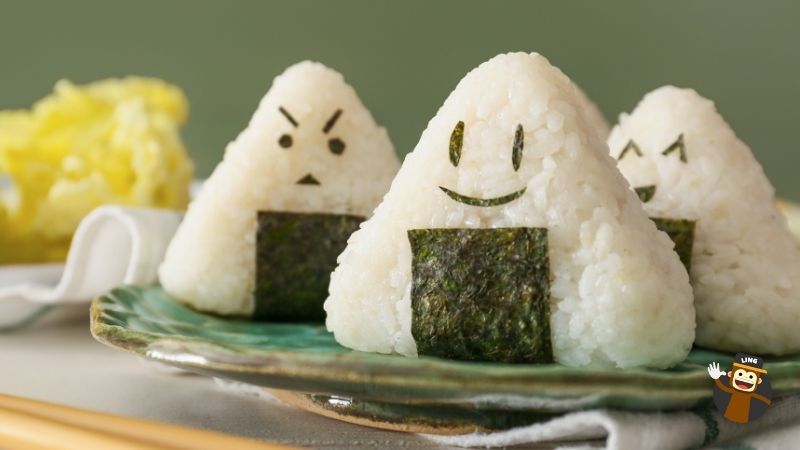
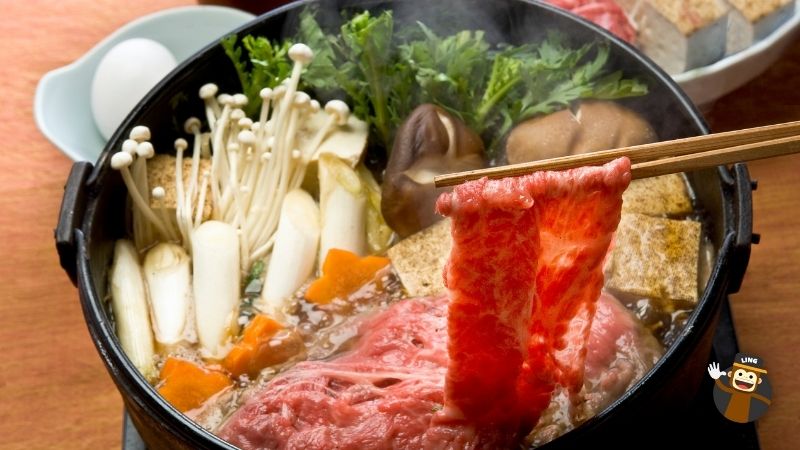
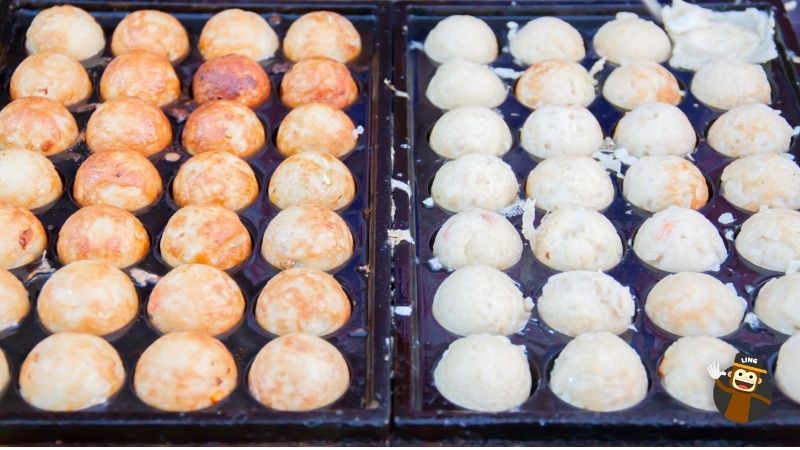
Western Japanese Cooking Utensils Vocabulary
Here is a listing of typical kitchen tools in Japanese.
Kitchen Appliances In Japanese

Phrases And Japanese Cooking Utensils Vocabulary To Use While Shopping
While shopping, you may need this Japanese vocabulary and words to ask for help in locating things in the store in your daily life in Japan.
You’ll notice that in each question, the thing you’re asking for is the first thing in the sentence, followed by the question. This is the opposite of English sentence structure.
It’s Time To Cook And Learn!
Hopefully, this article will improve your Japanese vocabulary and help you understand how to ask for kitchen utensils and appliances when shopping.
We’d love to help you learn even more Japanese vocabulary, especially the pronunciation of this entertaining language to speak.

With Ling, you’ll learn Japanese in a short time per day. You’ll also learn to read and write Japanese and listen to real conversations between people to help you pick up on accents and pronunciations of Japanese phrases and vocabulary.













